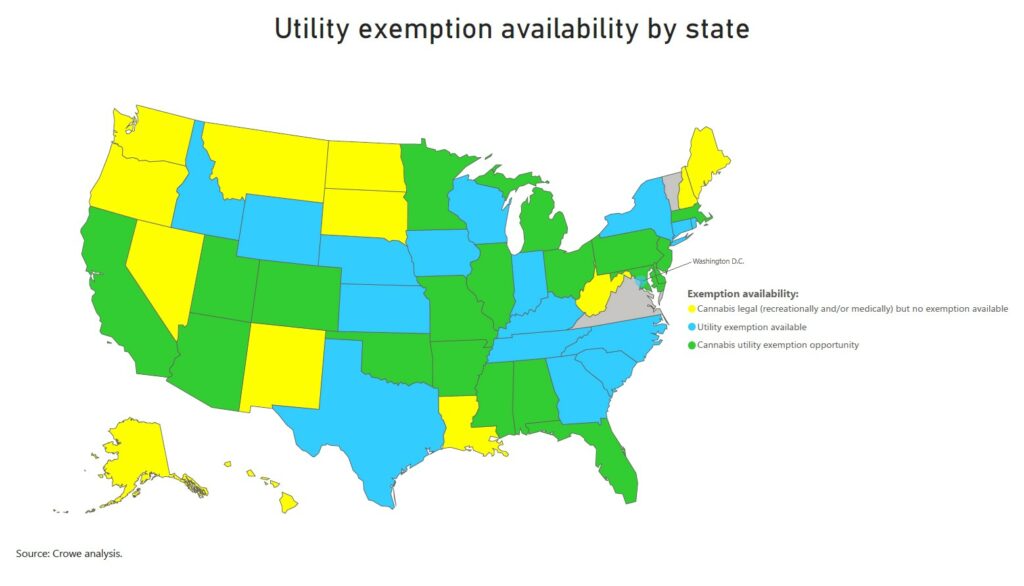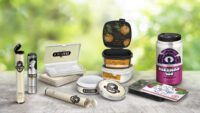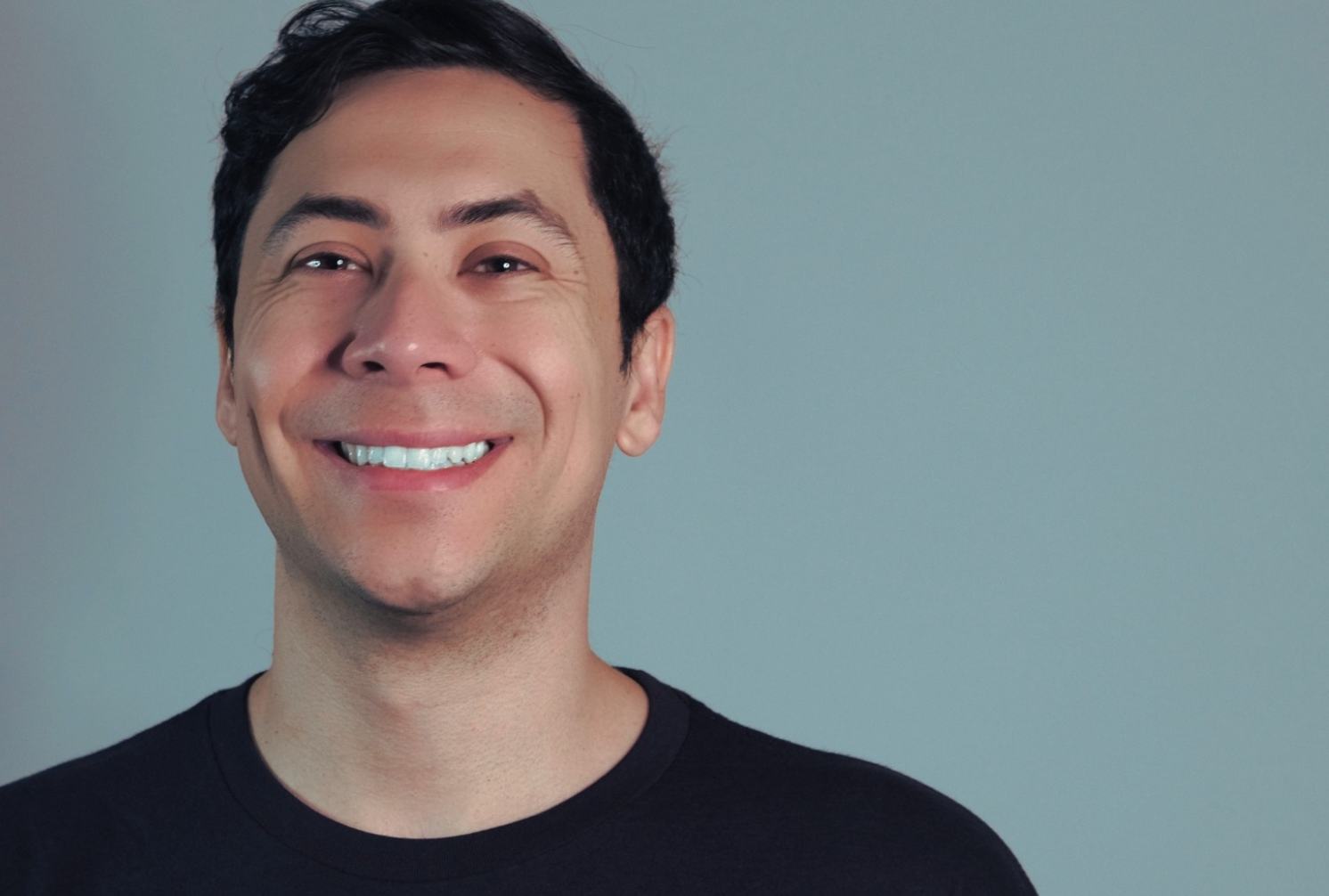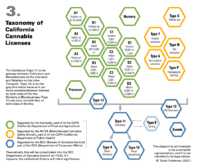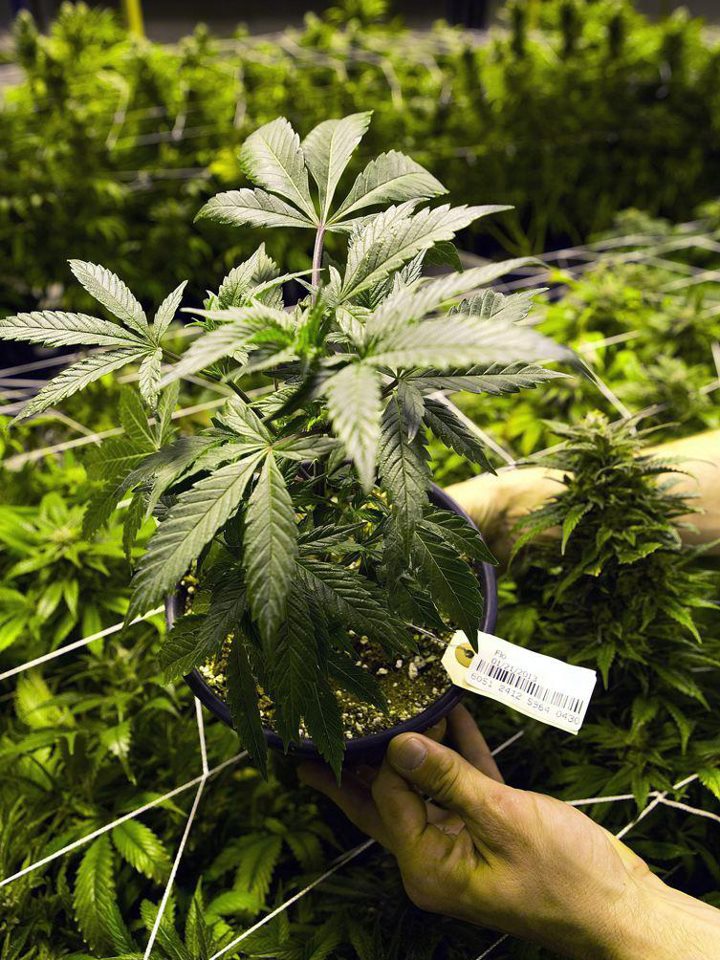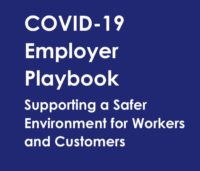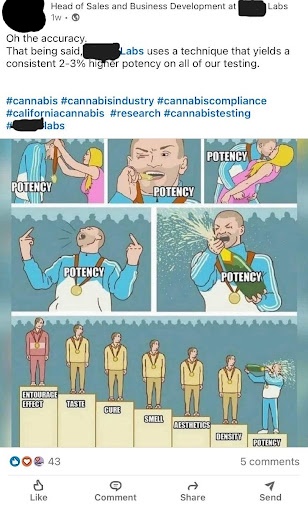California is the fastest-growing cannabis beverage market, according to a recent Headset report. The count of beverage product offerings in California has grown quickly, nearly doubling from 2020 to 2021. As of December 2021, there were approximately 530 distinct cannabis beverage offerings.
Mocktails have been a growing product category within the cannabis beverage segment. Klaus, headed up by Warren Bobrow, the “Cocktail Whisperer,” recently entered the California market with their ready-to-drink THC cocktail, Mezzrole, a unique terpene-forward beverage with three simple culinary-grade ingredients.
We caught up with Warren to learn more about his path to the cannabis industry and his inspiration for Mezzrole. Warren is a multi-published author of six books including “Cannabis Cocktails, Mocktails, and Tonics” and has contributed to publications such as Forbes and Skunk Magazine. After the loss of his fresh pasta business in Hurricane Hugo, he worked in banking for 20 years before reinventing himself and following his passions—becoming a bar back to bartender and master mixologist and penning his six cocktail-focused books. Warren crafted Klaus with knowledge gained from years of experience in the mixology and culinary worlds and with his strong enthusiasm for cannabis.
Aaron Green: How did you get involved in the cannabis industry?
Warren Bobrow: It was a happenstance, and it was something that I never considered before. I was working in the traditional liquor industry, and because liquor is inherently a poisonous substance, I was slowly poisoning myself and my mind with the alcohol. I made a conscious decision back in July of 2018 – I was down to Tales of the Cocktail in New Orleans – and I said, “this is my last drink.” I was halfway through a Hemingway, which is absolutely my favorite cocktail to have and that’s what I was known for. That’s the drink that paved the way to a wonderful career on-premises and off-premises doing brand ambassadorship and being a named person within the liquor industry. As with all great careers, this one had to come to an end, or I was going to die because liquor was poisoning me. I was probably about 75 pounds heavier than I am right now. I just didn’t feel myself and I was going to be sick.
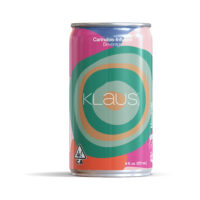 So, I decided to take my knowledge of cannabis, which was something that I’ve enjoyed since I was 12 years old – I am 61 now – and put it to use for me in this book, Cannabis Cocktails, Mocktails and Tonics. My first book, Apothecary Cocktails, really did pave the way. I wanted to include cannabis in my early books, but my publisher wouldn’t let me. It just wasn’t time until 2015 when I wrote Cannabis Cocktails, which is all based on the early apothecary. The inspiration for writing the book certainly was from being down in New Orleans and going to the Pharmacy Museum. They had an exhibition of cannabis in the early apothecary, and I knew immediately what I was going to do with the rest of my life. There you have it!
So, I decided to take my knowledge of cannabis, which was something that I’ve enjoyed since I was 12 years old – I am 61 now – and put it to use for me in this book, Cannabis Cocktails, Mocktails and Tonics. My first book, Apothecary Cocktails, really did pave the way. I wanted to include cannabis in my early books, but my publisher wouldn’t let me. It just wasn’t time until 2015 when I wrote Cannabis Cocktails, which is all based on the early apothecary. The inspiration for writing the book certainly was from being down in New Orleans and going to the Pharmacy Museum. They had an exhibition of cannabis in the early apothecary, and I knew immediately what I was going to do with the rest of my life. There you have it!
Green: It seems like it was a sharp cut off with the alcohol industry
Bobrow: Yes, like one day to the next, literally. It was absolute. I made the decision; I came back to New Jersey, and I never drank again. I drink a little beer and wine, but I haven’t had a distilled drink in years.
Green: How did the concept for Klaus come about? Was it something that you always had in the back of your mind?
Bobrow: The idea for creating a cannabis infused beverage came from being incarcerated in New York City for smoking cannabis in the street and being taken out of commission for 48 hours, I knew that if I was drinking a cannabis infused beverage like Klaus, which is the one that I created in California, no one would know my business. Of course, when this happened, it was in the early 2000s, so the technology and the pretense just weren’t available yet. But it did put something in my mind. If I was to create a cannabis-infused beverage using my knowledge and experience as a master mixologist, the fear of consuming cannabis would be diminished.
If you look at the book, Cannabis Cocktails, and you see the recipes, they’re not for the meek. They’re really meant for a medical community – someone who needs to really eliminate pain, if you will. Cocktails in the book started at about 250 milligrams of THC, whereas with Klaus they’re 10 milligrams, Two different stories completely!

My inspiration for creating Klaus certainly was from the gnome [Warren displays Klaus, The Gnome]. He’s a star and he’s been all over the world with me. I don’t know why I first started traveling with him. Maybe it’s because he was sitting up there up on my mantle and he told me that he wanted to go out on the road with me. I was traveling all over the world as a rum judge for the Ministry of Rum and for Rum XP. We just show up at food events. I’m a trained chef, I love going to the Fancy Food Show in New York City, and I’d meet people and they invite me out to see their places. Then I started writing for Forbes and I don’t know, my career has been up and down. I’ve tried to follow my dreams ever since I left the corporate world in May of 2009.
Green: Let’s talk about the product.
Bobrow: I just have one SKU right now, which is the Mezzrole named for Mezz Mezzrow, Louis Armstrong’s weed dealer. You can’t make this stuff up. It’s all real.
Green: First, how did you land on the flavor profile?
Bobrow: For someone who’s a rum head like myself, we used to drink rum for breakfast. That’s how you become a rum head. The Mezzrole is based on a Ti’ Punch, which is the national drink of Martinique. Ti’ Punch is usually made in Martinique with rum Agricole, which is a sugar cane-based rum rather than a molasses-based rum. It’s the freshly pressed sugar cane rum before it ferments so it has a lovely floral quality and it’s 100 proof. There’s nothing weak about it!
A Ti’ Punch is freshly squeezed lime quarters, the 100 proof Agricole – one or two ounces – and cane sugar syrup stirred usually with your finger like my old friend Gaz Regan, who’s no longer with us, used to do it. He was known for his finger stirred negronis. I would do it preferably in a clean glass and there’s no ice involved because if you’re on a sailboat, you probably don’t have ice anyway. So, it’s potent. It’s a very potent drink. That’s the basis of the Mezzrole.
 The Mezzrole contains a single strain of cannabis. We used a craft, land-raised strain called Hippie Crasher. It’s an indica leaning hybrid that is terpene forward. The Mezzrole utilizes the terpene aromatics of the cannabis strain. So, we have this gorgeous French lime puree that I get made from limes that are sourced down in Martinique. They have a certain oily quality to them and they’re very pungent. They’re very citrus forward and very flavorful.
The Mezzrole contains a single strain of cannabis. We used a craft, land-raised strain called Hippie Crasher. It’s an indica leaning hybrid that is terpene forward. The Mezzrole utilizes the terpene aromatics of the cannabis strain. So, we have this gorgeous French lime puree that I get made from limes that are sourced down in Martinique. They have a certain oily quality to them and they’re very pungent. They’re very citrus forward and very flavorful.
Then, I’m using a ginger syrup that’s made in what I would say is a Great Britain or Jamaican style called Picketts. It’s from Denver, Colorado. My old friend Matt Pickett, and his late brother Jim created it. Jim was the bartender for Malcolm Forbes on his yacht, the Highlander, when they had it in the waters between me and Palm Beach, or wherever they happened to be on the island. Jim crafted this incredible ginger syrup, which is really authentic. And in later years, it became the Pickett’s ginger syrup that I would use in this beverage because I’m paying homage to Matt’s brother by using his extra hot and spicy ginger syrup in here along with the French lime purée.
The final element – there are only three flavor elements [besides the cannabis] – is rice vinegar. Rice vinegar in this case is something called mirin. There are two different types of mirin. There’s the sweet mirin and then there’s the dry mirin, and Mezzrole utilizes the dry mirin. I didn’t want to add any sugar. Mezzrole is six tenths of a gram of sugar for the entire can, which is eight ounces, 16 calories.
So, to recap, each can of Mezzrole is eight fluid ounces, six tenths of a gram of sugar, ginger, lime and rice vinegar with THC infusion. And it’s not a seltzer!
Green: What was special to you about the Ti’ Punch?
Bobrow: My family had a yacht, and we would go places in the Caribbean. One of the places we would go in the Caribbean was Down Island and they would have drinks like the Ti’ Punch. I remember that it was emblazoned in my brain. It was a drink that got me drunk. It was what sailors did; they got drunk. And you would get drunk on drinks that go back to the days of the pirates, because they probably didn’t have ice on the sailing vessels. So, why should a couple million-dollar yacht make any difference? We had icemakers, but you drink the drink without ice. You drink it like it was drunk in the age of sailing.
 I wanted to reinterpret the Ti’ Punch and bring credence and life to that drink by bringing it to life in the Mezzrole. But the Mezzrole has another story behind it entirely. That’s because Mezz Mezzrow, who was a jazz head during the jazz era, brought between two and 4,000 pounds of cannabis up from Mexico, and sold it in Detroit, Chicago and Harlem during the early days of jazz. He made quite a name for himself. At the time, cannabis was not illegal on a national level yet. If you were to ask for a joint or reefer, you might become detained by the police, especially if you were Black. Not only were the police at that time incredibly anti-jazz and anti-Black and anti-cannabis, but they were just anti people having fun! So there had to be code names and a well-rolled cannabis cigarette was known as a “Mezzrole” and that’s what I named the cocktail after.
I wanted to reinterpret the Ti’ Punch and bring credence and life to that drink by bringing it to life in the Mezzrole. But the Mezzrole has another story behind it entirely. That’s because Mezz Mezzrow, who was a jazz head during the jazz era, brought between two and 4,000 pounds of cannabis up from Mexico, and sold it in Detroit, Chicago and Harlem during the early days of jazz. He made quite a name for himself. At the time, cannabis was not illegal on a national level yet. If you were to ask for a joint or reefer, you might become detained by the police, especially if you were Black. Not only were the police at that time incredibly anti-jazz and anti-Black and anti-cannabis, but they were just anti people having fun! So there had to be code names and a well-rolled cannabis cigarette was known as a “Mezzrole” and that’s what I named the cocktail after.
I’m paying homage to Louis, and I’m friendly with Louis’ daughter, Sharon. She’s the daughter that no one ever knew about. It’s a very interesting story. We’re hopefully going to do something together. I find great inspiration in jazz, and we wanted to pay homage to the role of characters in jazz by creating a beverage that hopefully wouldn’t get us arrested.
Green: Can you walk me through your choice of strain for the beverage?
Bobrow: I work with a company named Vertosa. They are the magicians in the world of nanotechnology emulsions. They’re scientists like yourself, who are upper intellects who dream in color. And the colors that they’ve chosen are the colors of the plant. So, they’ve enlivened the plant chemically through their process. I’m not privy to that process, but I’ll tell you it works. Their emulsion is gorgeous stuff. I just chose the emulsion for my next two SKUs and it’s exactly what I was looking for. It’s slightly bitter, it has depth and character, and we haven’t even added the terpenes in yet. So, it’s well balanced, and it will work exceptionally well with the craft ingredients that I’m working with. I don’t use industrialized ingredients, these are all bartending ingredients, if you will. We do 5,000 can production runs with bartending ingredients. It’s incredible food science. I love it.
Green: What was behind your decision in adding the terpene flavors?
Bobrow: What makes that interesting is no one else is doing it. So, we’re the first again! Not only did I write the first book on cannabis, and cocktails, and tonics, and all that stuff, but I created the first beverage that actually smells like cannabis. So, when you’re drinking one of my beverages, and you drink down maybe a quarter inch, and you put your nose right over the top and smell it, it smells just like the plant along with that ginger and the lime and that tangy quality of the mirin. And it’s spicy. It has an herbaceous quality to it. It’s really uncanny.
Green: Were there any challenges in working with terpenes in a beverage?
Bobrow: Yes, there’s always challenges. First off, I’m here in New Jersey, and the company that I’m working with is in California, so they can’t send me anything. So, I work very closely with a food scientist named Chris Anderson who did my scalability, and he’s absolutely brilliant. His palate mimics my own. I don’t want a sweet beverage. I want a tangy beverage. I want something that has balanced quality and fun and it makes you want to dance. I’m not looking for something to put me to sleep. That’s not my goal in life. Life is very short, and you want to have a beverage that is talkative and doesn’t get you totally destroyed. There are beverages out on the market that have 500 milligrams of THC called syrups. They’re absolutely delicious, but they’re so destructive because they want you to put them in a sugary beverage and drink the whole thing down.
I’m not a kid anymore and I don’t drink like a kid. I drink with sophisticated flavors and make beverages that are memorable. People come to me – and have since the early part of 2009 – and they say things like, “That’s the best cocktail I’ve ever had in my life. How do you do that?” My aim in life is to ruin people for their bartender because I expose all the things that our bartenders are doing to rip them off.
I started as a bar back and I worked my way up. I went to this guy named Chris James, who was working at The Ryland Inn running their beverage program. I needed a job, and he hired me as this bar back for a year and they kicked my butt. After that I could write about this stuff with knowledge and not just with something I read in a book. There’s a lot to be said for education and going to bartending school. There’s also a lot to be said for cutting your own ice and squeezing your own juice and taking out the trash.
Green: What are some of the challenges you are facing at Klaus?
Bobrow: We’re hoping to do a Series A round of financing. I wonder who would be interested in lending to us or giving us money or investing in us. I always wonder why anyone would be interested in any of this! But I have a talent and a passion, and I know that it will take me to the next step in life. I’ve waited and been very patient. I have massive shoes to fill, and I’m so committed to being ambitious.
I was an executive assistant in a Trust Bank for 20 years. I put my life on hold for others because they wanted to make an example out of me. I never became the person that my parents wanted me to become. They wanted me to become a lawyer and I didn’t have the aptitude for that. I had the aptitude for being a creative soul and a creative mind. It just took me 20 years longer to be able to achieve that.
I consider myself the luckiest man in the world because I did work for the C-suite and for the top of the house and I sold wine to them when I worked on the nights and weekends in a wine store. My customers were the presidents and “kingmakers of the world.” Here in Northern New Jersey, if nothing else, it’s pretty affluent. So, I’ve long been accustomed to coming from that environment. I know what that environment means and the importance of that environment. I had to figure out how to make it myself because I was, in polite parley, “disowned.” So, I am self-made, and I have a great product that I’ve created out of nowhere. It’s hopefully going to allow me to figure out what the next step will be in my life. I want to make this a national name.
Green: What trends are you following in the cannabis beverage space?
Bobrow: I’ve had some good ones. I’ve had some okay ones. And I’ve had some that are just, I don’t know. I’m a cook. I’m a saucier. I love flavors. I’m trained in France. I cook. It’s a lifelong thing. I started as a dishwasher, and I worked my way up. I’ve traveled the world eating.
I’ll tell you, if you don’t know flavors, you can’t put anything together. And if you don’t know what goes into making a beverage that’s different than what anyone else is doing in the world, then you don’t deserve to be in this business because it’s highly competitive and people play for keeps. If I only get one chance to capture people’s imagination, it comes with this beverage right here [Warren holds up a can of Mezzrole].
Green: What’s next for Klaus?
Bobrow: I hope to be doing Klaus Nein. It’s a terpene forward, non-cannabis infused craft beverage. It doesn’t have any THC, so I can sell it everywhere. I caught the travel bug years ago, when I was traveling all over the world for the rum business. And I got it back again. I hate that the world became such a small place during COVID. Because it really is a big place. And it’s a place that I need to explore more of. Stay tuned!
Green: What are you most interested in learning about?
Bobrow: You know, it’s funny. I think everyone that I come across I can learn something from. My teachers at Emerson and later at MIT, where I spent a fitful year, taught me that I wasn’t the smartest person in the room, but I certainly was the most inquisitive. So, I want to be known as someone who has pretty good listening skills. I also have great skills in the way of trying to draw out answers from people. So, I have a lot to learn and I’m excited about the opportunity of learning. If I can share a little bit of my knowledge with other people within the industry and they respect me for what I’ve achieved, then I’ll be a much happier person. I’m already happy. I’m very lucky. I am the luckiest guy in the room.
Green: Thank you Warren. That concludes the interview!





